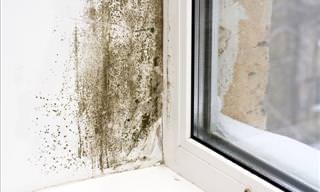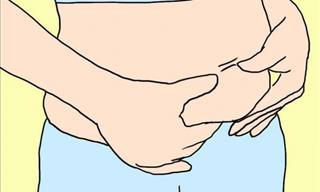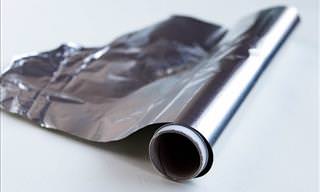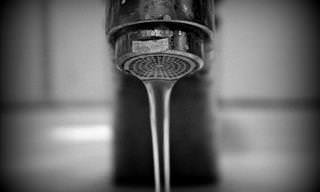Drinking tap water is convenient and economical, however, it also comes with a downside - the possibility of lead contamination. Just recently, the city of Flint in the US state of Michigan was faced with serious water contamination problems due to the leaching of this toxic heavy metal, exposing thousands of people to high levels of it and resulting in the ongoing health problems the city is dealing with. Although this may be an extreme case, lead can easily find its way into the water you drink, and there are several reasons why you wouldn't want it to end up there. Allow us to inform you on the matter:
First of all, what is lead and where is it found?
Lead is an element, which means it does not break down into less harmful substances. Despite its poisoning effects, its presence cannot be picked up by our senses. However, it is surprisingly found in a number of objects and materials that may be present in your home. Common sources include:
- House paint from before 1978
- Metal pipes and sink faucets
- Paint sets and art supplies
- Jewelry and pottery
- Storage batteries
- Kohl or kajol eyeliners
- Soil polluted by car exhaust fumes, outdated pesticides or chipping house paint
How does it enter our water supply?
Considering lead sources like metal pipes, soil and house paint, it's easy to understand how such an element could end up in your water. The chances of this happening are higher if you live in an area where the soil is contaminated by lead due to pesticide use in previous decades, or if you live in an old house that has old pipes, fixtures, or paint. Although laws in many countries now restrict the use of these materials, they could still be present in some homes.
Another contributor to lead leaching into a water supply is water corrosivity. The use of soft water, which is water that is low in dissolved solids like calcium and magnesium, as well as warm water, both increase the risk of lead corrosion. This kind of problem is common in Pennsylvania, where 65% of water samples tested were found to be potentially corrosive.
If the municipal water supply in your town and your plumbing system at home do not incorporate lead pipes, lead solder or brass fixtures, you probably shouldn't worry about dangerous lead levels in your water. You might want to contact your water company to inquire about this, or get your tap water tested to determine whether it's safe to drink or not.
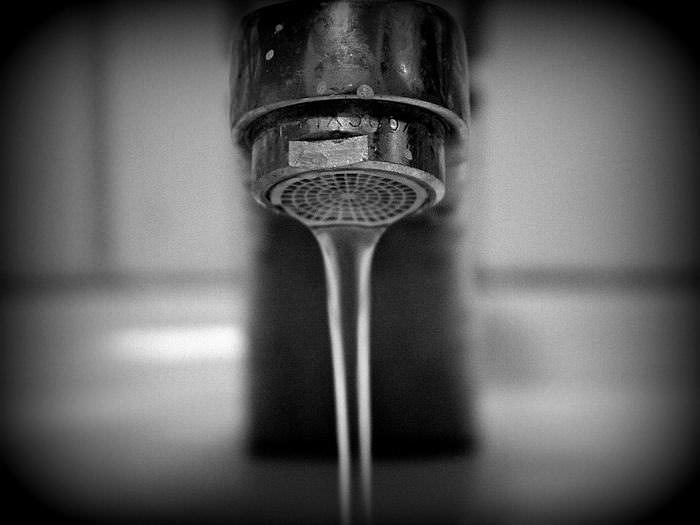
What are the health effects?
First of all, the presence of lead in drinking water is never a good sign, even if this is found at low levels. In fact, EPA has set its maximum contaminant level goal (MCLG) at zero, since even as little as 5 micrograms per deciliter in the blood can signify lead poisoning, which is a huge threat to our health. Lead is a persistent element that can accumulate in the body over time, leading to serious health issues, especially in young children.
Note that lead can only have adverse effects on your body if it is ingested. This means that using water containing the presence of lead for bathing is safe for you and your children.
Here are some of its health effects:
1. It can damage brain development in children.
Lead is toxic enough to hinder brain development if sufficient amounts of it are ingested. Erik Olson, director of the health and environmental program at the National Resources Defense Council (NRDC), says that this could have an alarming effect on children exposed to it, as they may begin to exhibit unusual behavior.
Low IQ levels, poor learning abilities, stunted growth, hearing problems and anemia could all be signs of lead exposure in children. In extreme cases, there have been occurrences of seizures, comas, and even deaths.
2. Lead accumulates in your bones and can stay in your body for years.
If you're exposed to lead, chances are you'll have it lingering in your system for the rest of your life. Of course, this exposes you to an increased risk of cancer, stroke, memory problems, kidney disease, and high blood pressure. One place where it is bound to gather is in your bones, from where it can possibly be released over time due to stress or even pregnancy.
With the above being said, a pregnant mother that has previously been exposed to excessive levels of lead may transfer any lead lingering in her bones to her unborn baby as maternal calcium. This can result in developmental problems, such as a premature birth or stunted growth.
3. It triggers violent crime.
Although it might sound far-fetched, lead exposure has actually been linked with increased incidences of vital crime. Children who are exposed to excessive levels of lead have an increased likelihood of committing a crime when they reach adulthood. According to Erik Olson, some of the crime we are faced with today could be a consequence of the lack of lead regulations from three decades ago.
4. Its exposure may be asymptomatic for years.
According to the Agency for Toxic Substances & Disease Registry, the health effects of lead aren't all identified yet. This is due to the fact that the effects could remain asymptomatic for a very long time. While lead has been shown to increase the risk of certain diseases (as previously mentioned), it could also trigger vague symptoms that include fatigue, impotence, and cardiovascular issues such as hypertension. Of course, these depend on factors such as age, diet, and weight. Basically, lead can cause trouble in every single organ in your body, and may intensify any problems that were already present.
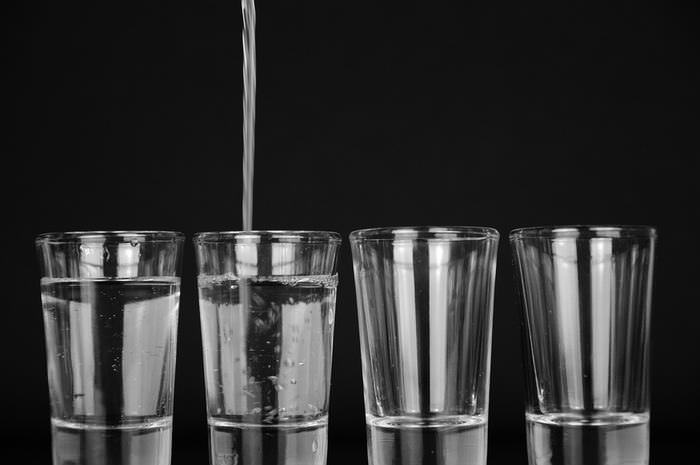
5. You can suffer from lead poisoning.
If you've been exposed to lead for an extended period of time, it will gradually build up in your body, putting you at an increased risk of lead poisoning. Note that it is highly unlikely for this to happen after just a single event of lead ingestion. The signs of lead toxicity may include:
- Abdominal pain or cramps
- Aggressive behavior
- Constipation
- Sleep problems
- Headaches
- Irritability
- Fatigue
- Numbness or tingling in the extremities
- High blood pressure
- Memory loss
- Anemia
- Kidney dysfunction
In severe cases, these emergency symptoms may also be present:
- Vomiting
- Muscle weakness
- Stumbling when walking
- Seizures
- Coma
- Encephalopathy, which manifests as confusion, coma and, seizures
In the event that you experience these symptoms, you should call your local health department to learn about how to remove the lead and how to prevent the effects of its toxicity. If the person is severely poisoned, a treatment known as chelation therapy would probably be recommended to remove the lead as efficiently as possible.
How can I prevent lead exposure?
There are some measures you should take to avoid lead exposure as much as possible. Here are some tips:
- Avoid painted toys and canned goods from foreign countries.
- Keep your home as clear of dust as possible.
- Use cold instead of warm water when preparing meals and drinks.
- Encourage family members to wash their hands before eating.
- Get your water tested for lead levels. If they are high, consider using a filtering device, or switching to bottled water.
- Make sure you get your faucets and aerators cleaned regularly.
- Clean children's toys and bottles regularly.
- Use lead-free paint in your home.
- Get your children screened for blood lead levels.
- Stay away from areas where lead-based paint may have been used.
- Follow the EPA's guide on how you can protect your family from lead exposures.
H/T: Thrillist.com / Healthline.com / EPA.gov / PennState Extension
Related Articles:
8 Health Benefits of Drinking Coconut Water
20 Photos of Incredibly Still Water Reflections
The Negative Effects of Ice Water on Your Body
 Go to BabaMail
Go to BabaMail



































